AI Fusion Energy Breakthroughs in 2025 — Helion, China & More
AI fusion energy 2025 is shifting from “someday” science to earth-moving construction. Microsoft-backed Helion just broke ground on a grid-connected plant, China’s “artificial sun” set new runtime records, and researchers unveiled neural nets that predict plasma disruptions with 94 % accuracy. Here’s why those moves matter for your future power bill.
Global funding for fusion start-ups reached $2.64 billion in the past 12 months, raising cumulative investment to $9.77 billion, the Fusion Industry Association reports. That surge makes 2025 the moment to audit AI fusion energy 2025 projects. Below, you’ll find headline reactors, the machine-learning ideas powering them, and practical next steps.
Why 2025 Is a Pivotal Year for AI-Driven Fusion
- Construction starts, not prototypes. Helion Energy’s Orion plant in Washington State is the first commercial fusion site designed to feed Microsoft data centers by 2028.
- AI moves inside the control loop. Chinese researchers released twin neural networks that warn of plasma disruptions 137 ms early and classify confinement states with 96.7 % accuracy.
- Record runtimes. China’s EAST tokamak held plasma for 1,000 seconds—2.5× its 2021 mark—giving scientists unprecedented data to refine models.
These milestones hint at a future where machine intelligence tackles fusion’s hardest problems: keeping plasma stable and driving capital costs down.
Flagship Projects to Watch
| Project | Location | Target Power | AI Angle | Status |
|---|---|---|---|---|
| Helion Orion | Washington, US | 50 MW | RL-optimised pulse timing | Site construction (Jul 2025) |
| EAST “Artificial Sun” | Anhui, CN | Research scale | Real-time plasma monitoring | 1,000-s shot (Jan 2025) |
| Avalanche FusionWERX | Washington, US | Test facility | AI-generated neutron spectra | Groundbreaking Q3 2025 |
| STEP (UK) | Nottinghamshire, UK | 300 MW | ML-optimised blanket | Design review stage |
Helion Orion
- Model / Context: Field-reversed configuration (FRC); RL tunes compression pulse shape.
- Price: Confidential PPA; Microsoft buys first electrons.
- Stand-out: First fusion power-purchase agreement before net energy proven.
- External doc: Helion white paper
EAST Tokamak
- Model / Context: Superconducting tokamak; 120 M °C plasma.
- Price: Government R&D; open data.
- Stand-out: 1,000-s continuous plasma sustained.
- External doc: Institute of Plasma Physics, CAS
Avalanche FusionWERX
- Model / Context: Modular testbed; AI generates neutron fields for materials.
- Price: Private—$200 M Series B.
- Stand-out: Accelerates component testing from years to weeks.
- External doc: Tech specs
STEP UK
- Model / Context: Spherical tokamak; ML evolves tungsten tile shapes.
- Price: £410 M government funding.
- Stand-out: Blueprint for utility-scale fusion power by 2040.
- External doc: Official site
How AI Supercharges Fusion Engineering
- Disruption Prediction – Decision-tree ensembles flag “locked modes” milliseconds ahead, giving coils time to respond.
- Smart Materials Discovery – Graph neural networks rank alloys that survive giga-pascal forces and neutron bombardment.
- Generative Plant Layouts – Diffusion models create wiring and coolant paths, then feed results into CFD solvers for instant validation.
- Autonomous Construction Schedules – AI-driven sequencing cuts reactor build time by 25 %, according to Westinghouse’s HiVE pilot.
“AI is no longer a lab add-on. It’s the linchpin turning prototypes into repeatable factories.” — TechRadar Pro, 2025
Need a jargon check? Inference cost—the GPU time needed per prediction—now runs under $0.002 for most control models.
Obstacles on the Horizon
- Data Scarcity: Each tokamak’s sensor suite is unique, limiting cross-plant model transfer. Synthetic data generation will be crucial.
- Regulation Lag: The US NRC and EU regulators lack verification frameworks for nuclear-grade AI; draft standards are due in 2026.
- Cooling Complexity: Superconducting magnets at 20 K still risk quenches; AI can forecast failures but not remove cryogenics.
Despite hurdles, 70 % of fusion companies expect to show net-energy gain before 2030, says the Fusion Industry Association.
Frequently Asked Questions
Will Helion’s plant really power Microsoft by 2028?
The PPA demands first electricity in late 2028, but success hinges on Orion sustaining net-positive pulses.
How does AI predict fusion disruptions?
Algorithms monitor coil currents, X-ray signals, and neutron flux to flag instability signatures ~137 ms before a quench.
Is fusion safer than fission?
Yes. Fusion uses grams of fuel, produces no long-lived waste, and any disruption stops the reaction rather than causing a meltdown.
What is a “tokamak”?
A doughnut-shaped chamber where magnetic fields confine 100-million-degree plasma long enough for hydrogen nuclei to fuse.
Conclusion & Call to Action
AI fusion energy 2025 is no longer hype—it’s steel in the ground. Choose one project to follow, set up Google Alerts, and revisit progress quarterly. Curious about plasma control software? Drop your questions in the comments—We’ll reply within 48 hours because the best breakthroughs start with a conversation.
© 2025 news.aihunters.io — All rights reserved
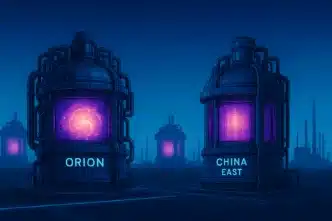
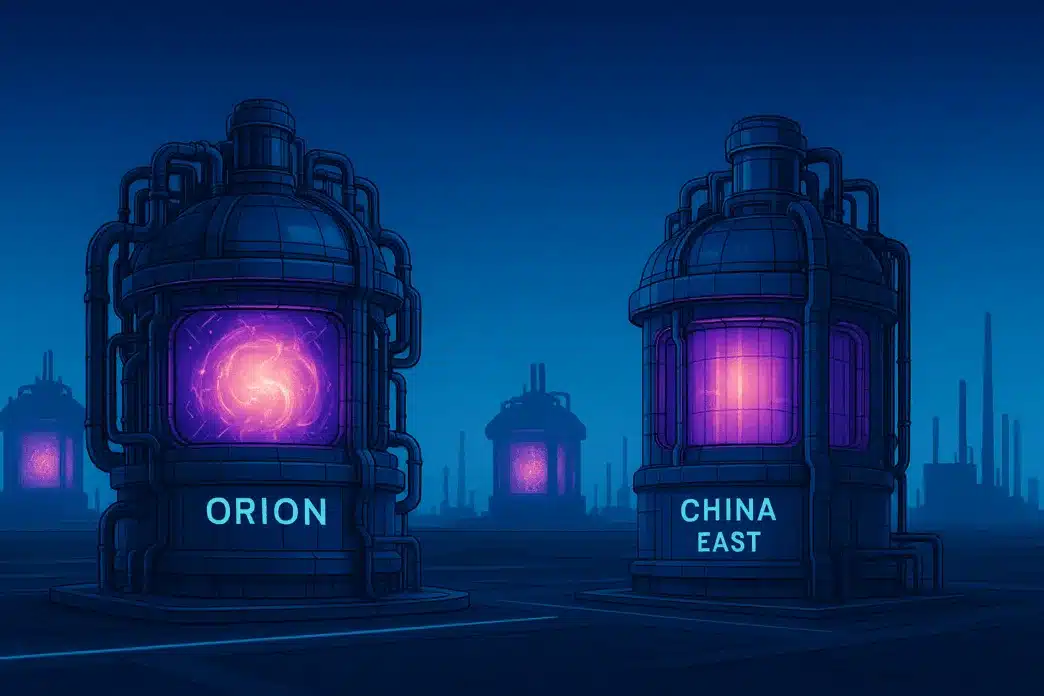


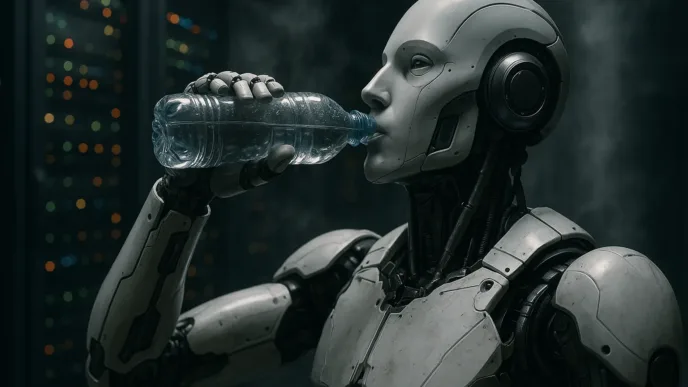
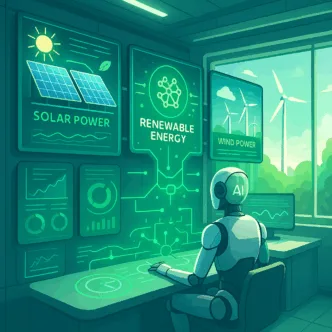
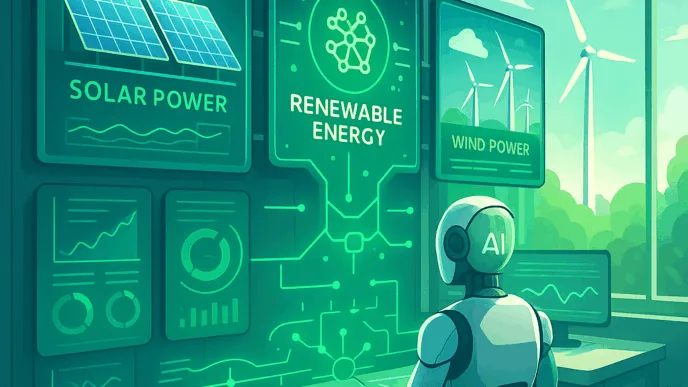



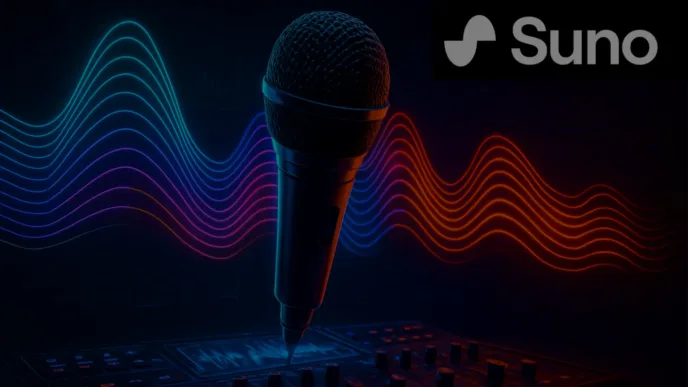



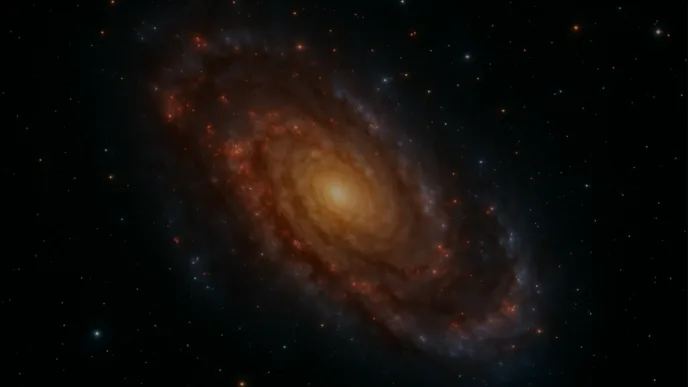
Very nice article and straight to the point. I don’t know if this is truly the best place to ask but do you guys have any ideea where to get some professional writers? Thanks 🙂